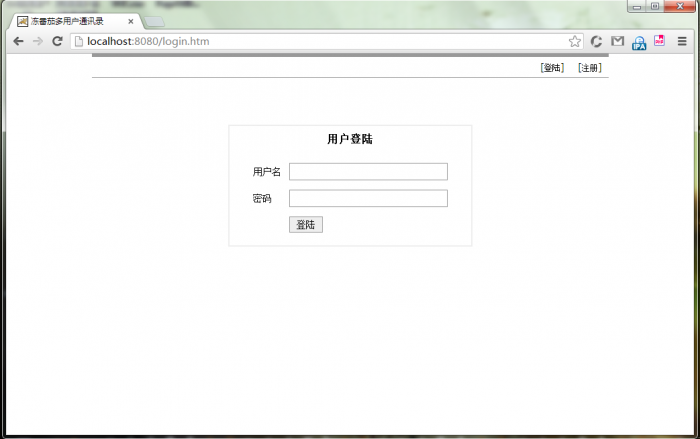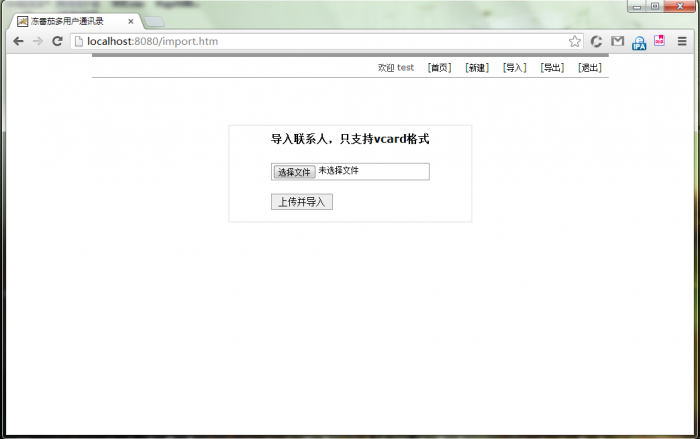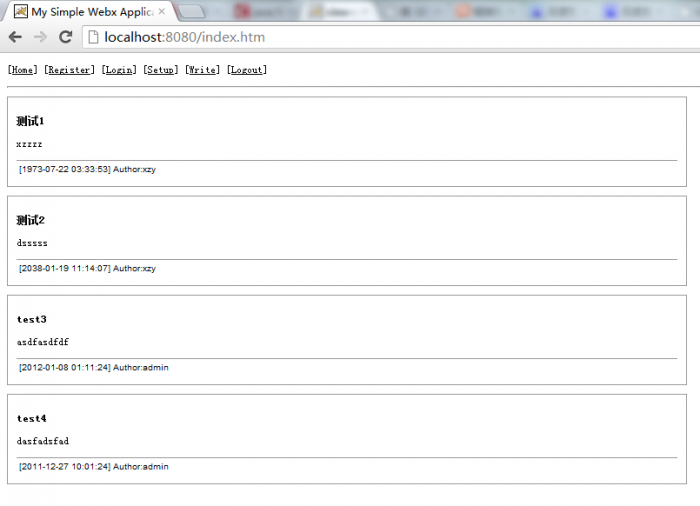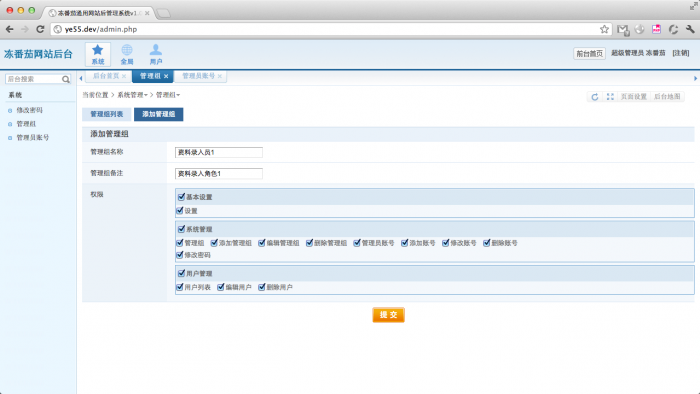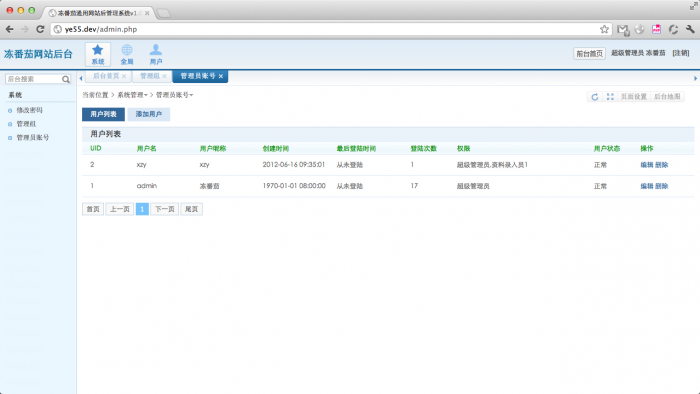最近看n多报道说facebook的HipHop的VM性能已经超过的编译版的,所以特意尝试了下Facebook的HipHop,现在把安装笔记记录一下。
本次安装在buntu 12.04 x86_64版本上进行,目前hiphop仅支持64bit版本:
- 有Internet联网电脑一台;
- ubuntu-12.04 x86_64 OS;
- 编译时间较长,需要有耐心。
升级ubuntu:
sudo apt-get update
sudo apt-get dist-upgrade
安装必要依赖包:
sudo apt-get install git-core cmake g++ libboost-dev libmysqlclient-dev libxml2-dev libmcrypt-dev libicu-dev openssl build-essential binutils-dev libcap-dev libgd2-xpm-dev zlib1g-dev libtbb-dev libonig-dev libpcre3-dev autoconf libtool libcurl4-openssl-dev libboost-system-dev libboost-program-options-dev libboost-filesystem-dev wget memcached libreadline-dev libncurses-dev libmemcached-dev libbz2-dev libc-client2007e-dev php5-mcrypt php5-imagick libgoogle-perftools-dev libcloog-ppl0 libelf-dev libdwarf-dev libunwind7-dev
git检出hiphop代码:
mkdir dev
cd dev
git clone git://github.com/facebook/hiphop-php.git
cd hiphop-php
export CMAKE_PREFIX_PATH=`/bin/pwd`/..
export HPHP_HOME=`/bin/pwd`
export HPHP_LIB=`/bin/pwd`/bin
cd ..
libevent需要重新patch:
git clone git://github.com/libevent/libevent.git
cd libevent
git checkout release-1.4.14b-stable
cat ../hiphop-php/src/third_party/libevent-1.4.14.fb-changes.diff | patch -p1
./autogen.sh
./configure --prefix=$CMAKE_PREFIX_PATH
make
make install
cd ..
libcurl需要重新patch:
git clone git://github.com/libevent/libevent.git
cd libevent
git checkout release-1.4.14b-stable
cat ../hiphop-php/src/third_party/libevent-1.4.14.fb-changes.diff | patch -p1
./autogen.sh
./configure --prefix=$CMAKE_PREFIX_PATH
make
make install
cd ..
编译jemalloc:
wget http://www.canonware.com/download/jemalloc/jemalloc-3.0.0.tar.bz2
tar xjvf jemalloc-3.0.0.tar.bz2
cd jemalloc-3.0.0
./configure --prefix=$CMAKE_PREFIX_PATH
make
make install
cd ..
以上准备工作就绪,现在开始编译hihop,本次安装是使用的hhvm模式:
cd hiphop-php
git submodule init
git submodule update
export HPHP_HOME=`pwd`
export HPHP_LIB=`pwd`/bin
export USE_HHVM=1
cmake .
make
大功告成,进入src/hhvm里,hhvm文件即是。
PS,ubuntu安装极其简单,但在一台centos6.3上装了n次才搞定。
